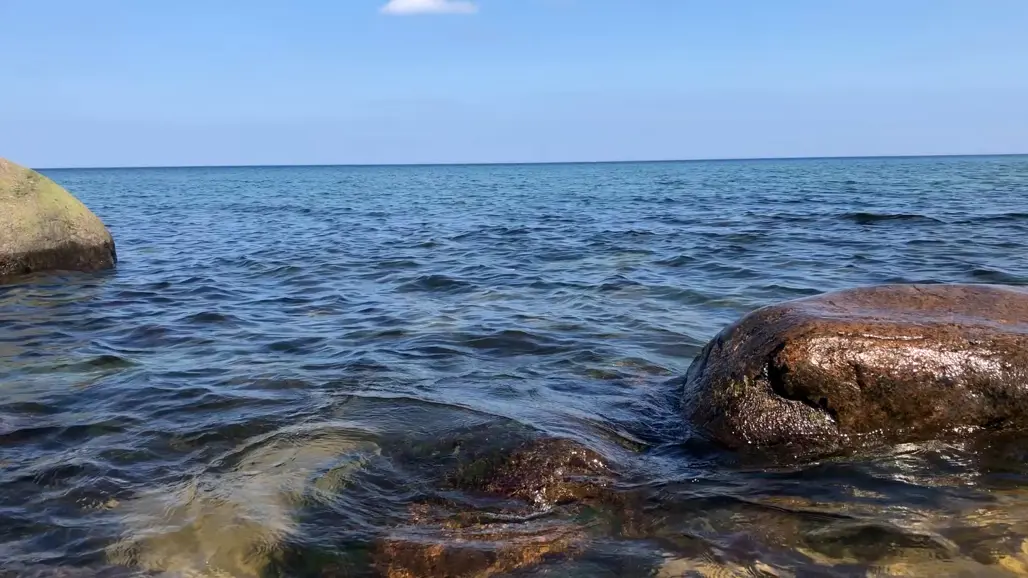
Load compilations
The Baltic Sea is a sensitive environment. An abundance of nutrients has been added to the sea via watercourses, resulting in eutrophication. With the aim to reduce this load on the sea, it is monitored and compilated.
The compilation is part of the monitoring of environmental objectives but also provides a basis for water management.
Load compilations
The estuary network covers approximately 85% of the total Swedish water runoff, which means that estimates must be made for the remainder in order to estimate the total load to the sea. The estimates of these unmonitored areas are made by using the area-specific load, i.e. the load per unit area, from similar monitored areas nearby. Load compilations are available for all investigated substances from 1969 onwards.
Load data is used both nationally to monitor the impact on the sea through, for example, follow-up of the environmental objectives, and internationally as a basis for various reports to organizations such as HELCOM (Helsinki Commission), OSPAR (Oslo–Paris Convention) and the European Environmental Agency (EEA). In cases where the estuary load is supplemented with emissions from coastal estuary point sources, the reporting takes place within the consortium SMED (Svenska MiljöEmissionsData).
Calculations of substance transport
The transport of various substances in our waterways is calculated using the concentration data produced within the monitoring program, as well as data on the waterway. The monthly levels are recalculated to daily levels by linear interpolation and then multiplied by the daily mean water flow.
Substance transports in our watercourses can either be calculated based on measured concentrations and water flows in the watercourses or by modeling either the entire transport or the water course. We strive to base the calculations on measured data as far as possible.
To find out how much is transported in our watercourses, we need information on the concentrations of the substances. This is produced within our own environmental monitoring and environmental analysis assignments or from other monitoring programmes when the data is delivered to our data host.
For the transport compilations, it is also necessary to know how much water is flowing at the test site in question. Water flow data can be either measured or modeled. Measurements can be made, for example, at hydropower dams or weirs in rivers through installed so-called pegs. If possible, we use measured water flow, but if this is not possible, we instead use modelled data, either calculated with our own models or data from SMHI.
Modelled water flow
When we lack measured water flow, we either calculate the water flow ourselves with various models or we use SMHI's model results. Common to all models is that they are basically based on climate data such as precipitation and air temperature. Since 2010, SMHI has been using the S-HYPE model, instead of using the so-called PULS model as before.
In our current database, there is no possibility to specify the type of water flow data used for transport and load compilations. Please contact us if you are interested in knowing which type is used at specific times and locations.
The river mouths monitoring programme
Contact
-
PersonLars Sonesten, head of department, researcherDivision of Geochemistry and Hydrology
-
Person